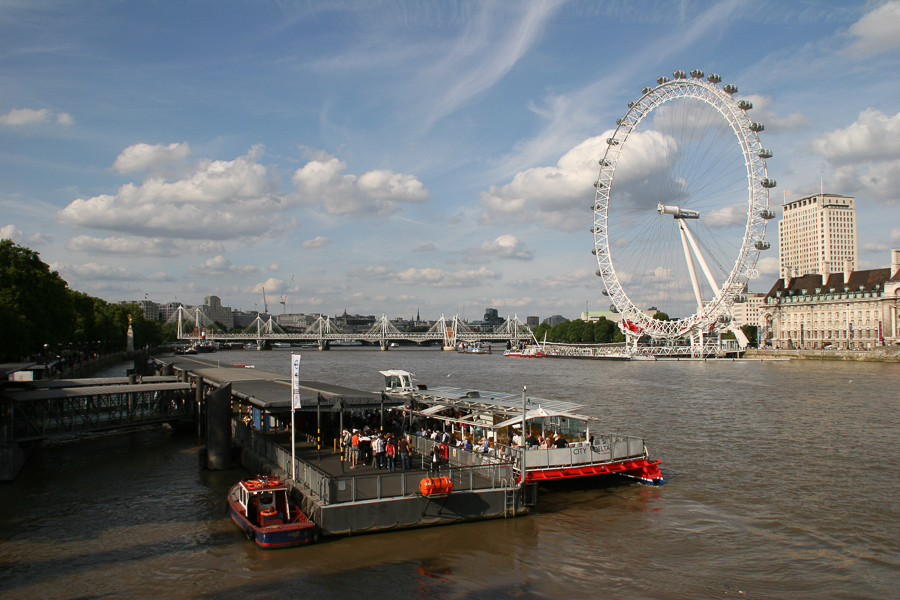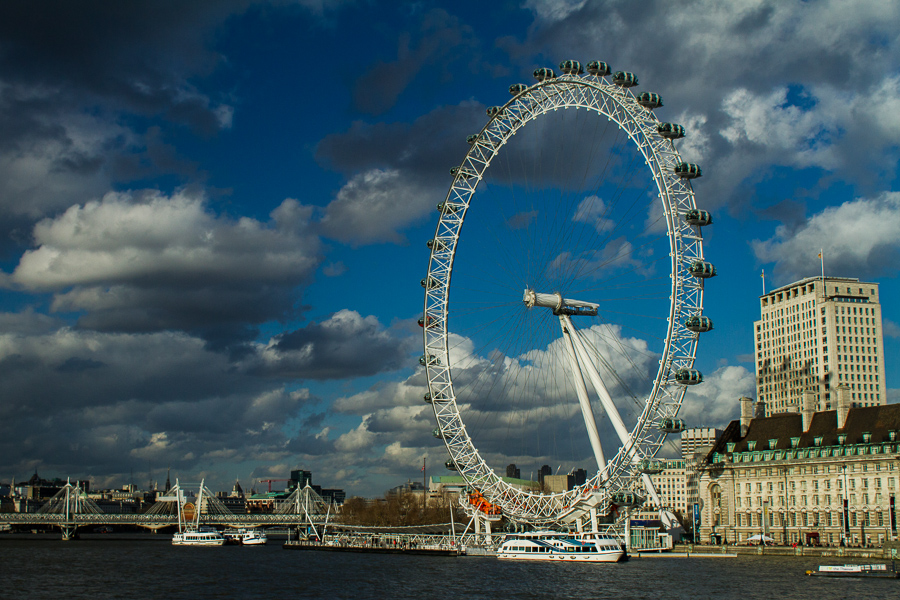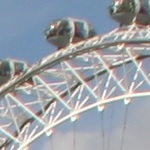I debated this question with someone at a dinner a couple weeks ago. She suggested higher megapixel numbers told you more about the ego of the camera buyer than about the quality of the images.
I said it depends on how you're using the photos, but generally, more data yields more useful photos.
Here's an illustration, using a vaguely-recognizable landmark that I happened to pass earlier this weekend, and just happened to have photographed with three different cameras. All three photos are from approximately the same location at approximately the same time of day. Obviously there are some differences, but the illustration should work regardless.
Let's take a look at three images stored as 600x900 JPEGs and displayed at 500x750, the standard size for this blog. First, let's see one from a Kodak DC4800 in February 2001, 13 years ago. The original size was 1440x2160 at 3MP:

Now skip forward to August 2009, using a Canon 20D shooting a 2336x3648 JPEG at 8 MP:

Finally, two days ago, using a Canon 7D shooting raw at 3456x5184 (18 MP):

The photos look pretty comparable at this resolution, don't they? So let's zoom in on a 150x150 pixel view of each:



So each one has successively more data than the previous, which becomes obvious when you zoom in.
Another difference: I shot the one from this weekend using the raw format, which preserves all of the information the camera had available at the time of the photo. JPEG images are lossy; they always leave some information out. And because raw images are easier to manipulate using software, I was able to make the third photo a little bit better than I could make the other two.
So are more megapixels more useful? Not if you're just putting up blog posts, but for serious photography, absolutely.